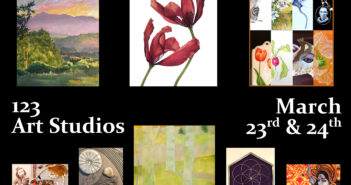
Spring Art Show at 123 Art Studios
123 Art Studios proudly features the original paintings and drawings of North Carolina artist, Emma…

123 Art Studios proudly features the original paintings and drawings of North Carolina artist, Emma…
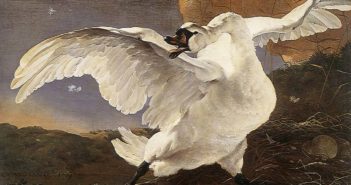
Horace Walpole once remarked of Sir Joshua Reynolds, “All his own geese are swans, as the swans of others are geese.”
I’ve heard variations of this idea from some of my artist friends. There have even been times, perish the thought, when I’ve caught myself being like that. In most cases it’s got something to do with the ongoing problem that we ourselves just never seem to have enough swans. Sometimes there’s nothing but ducks.
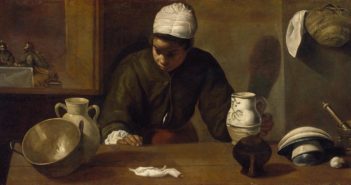
When asked if culinary school was a good route to celebrity chefdom, Anthony Bourdain, a graduate of the Culinary Institute of America, implored aspirants to first spend a year as a line cook. “You’ll make no money for a very long time, it’s physically demanding, you’ll have no life, and if at the end you can’t imagine doing anything else,” he said, “you’ll know it’s the life for you.”

In a roaring heat-wave, I’m walking down Queen St. in Toronto, Canada. It’s a run down, low-rent area full of decaying storefronts, pizza joints, print shops, art stores, alfalfa bars. Every few doors there’s an art gallery. “Alternate,” artist-run, as well as pricey satellites from up-town. I’m people-watching. The smart and the not-so-smart. Panhandlers. Street meat. Smoothies. A woman in low-rider shorts, bare midriff, lip and brow rings, pedals slowly by. She’s balancing a huge virgin canvas as she rides. A sleepy guy in torn pajamas is trying to get one more canvas into the trunk of his Volvo.
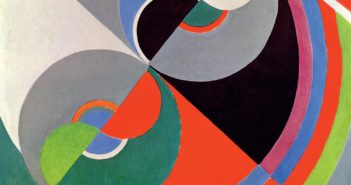
The activities of most plants and animals are timed to the cycle of day and night. These natural rhythms are called circadian rhythms. The most obvious example is the sleep cycle. As well, many plants and animals are sensitive to other time cycles. “Phototropic” sunflowers, for example, turn their faces to follow the sun’s path. Others make their moves in guaranteed light. Some sea animals time their activities to changing tides. These creatures seem to know such times even when away from their home waters. Yep, if you put clams into your kitchen sink, they will try to feed when the tide is rising down there in the bay.
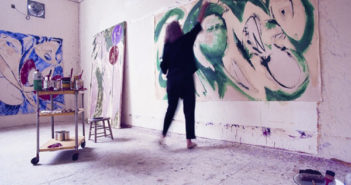
Having recently set up a new studio in a new locale, my friends are calling with the same question: “Are you feeling creative in your new space?” Pregnant with myth and mystery, a new room can ignite all the original dreams and fears of even the most seasoned studio-hopper. Without sounding too superstitious, the question can feel a bit blasphemous. While we all may swim in the mystery of creativity’s delicate alignment, and tremble at the juju of a new space, it’s the occupant that determines a studio’s potency. Studio vibes — ineffable, designed, cultivated or summoned — are, in the end, artist vibes. They’re germinated by sweat.
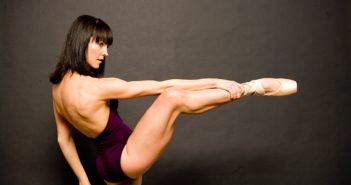
Ballerina Sarah Murphy-Dyson, once First Soloist for the Royal Winnipeg Ballet, wrote recently to share her new passion. “I’m a little embarrassed to be asking you this… I started drawing and painting ballet-themed stuff a year ago and can’t stop. My style has continued to develop and grow and I feel I’m finding my voice on paper and canvas. I wanted to ask you about galleries and shows and such… I have no idea about that world. Might you be able to connect me with people from there or advise me yourself? I’d love to have a show and could perform at it, too…”
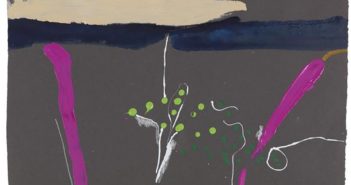
A burgeoning screenwriter recently told me about a side-hustle in her industry called, “pay to play.” For $30, a writer can book 10 minutes of Skype-time with a producer or distributer looking for new projects. After narrowing her pitch to seven minutes with three minutes for questions, her Skype ends abruptly with, “thanks!” and she awaits feedback by email. New to this system, my friend has already received a follow-up request from a global network for her latest script. When I asked how she knew about “pay to play,” she told me it’s a common path for actors looking to audition without an agent, or if their agent can’t get a meeting with a desired casting director.

In July 1977, a broke and couch-surfing screenwriter was sparked to action by a book of paintings by a Swiss surrealist. He called the artist in Zurich and invited him to work on some concepts in Hollywood. The artist, an insomniac who suffered from night terrors, was also afraid of flying, so they agreed instead on England, where for 11 months the artist lived above a pub in Shepperton, Surrey. There, he built a prototype out of Rolls Royce parts and reptile vertebrae, working only from a brief sent in the form of a letter from Los Angeles
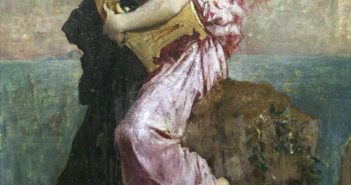
Upon analyzing more than six decades of creativity-related papers, English scholars have isolated some recurring themes. Kent University computational scientist Anna Jordanous and Sussex University linguist Bill Keller suggest that fourteen interdependent components can be identified as the building blocks of creativity. As artists, we know them collectively as “the Muse” and, at the risk of spoiling our mystery, here they are: